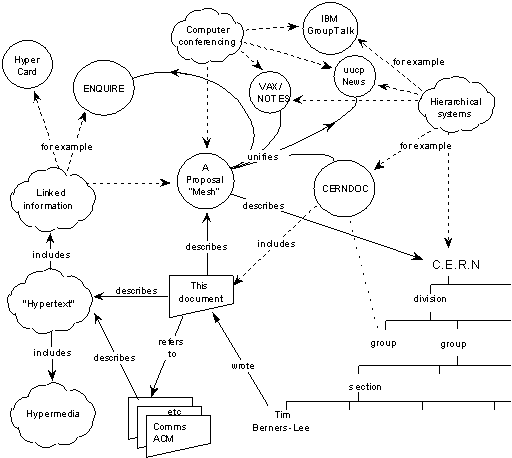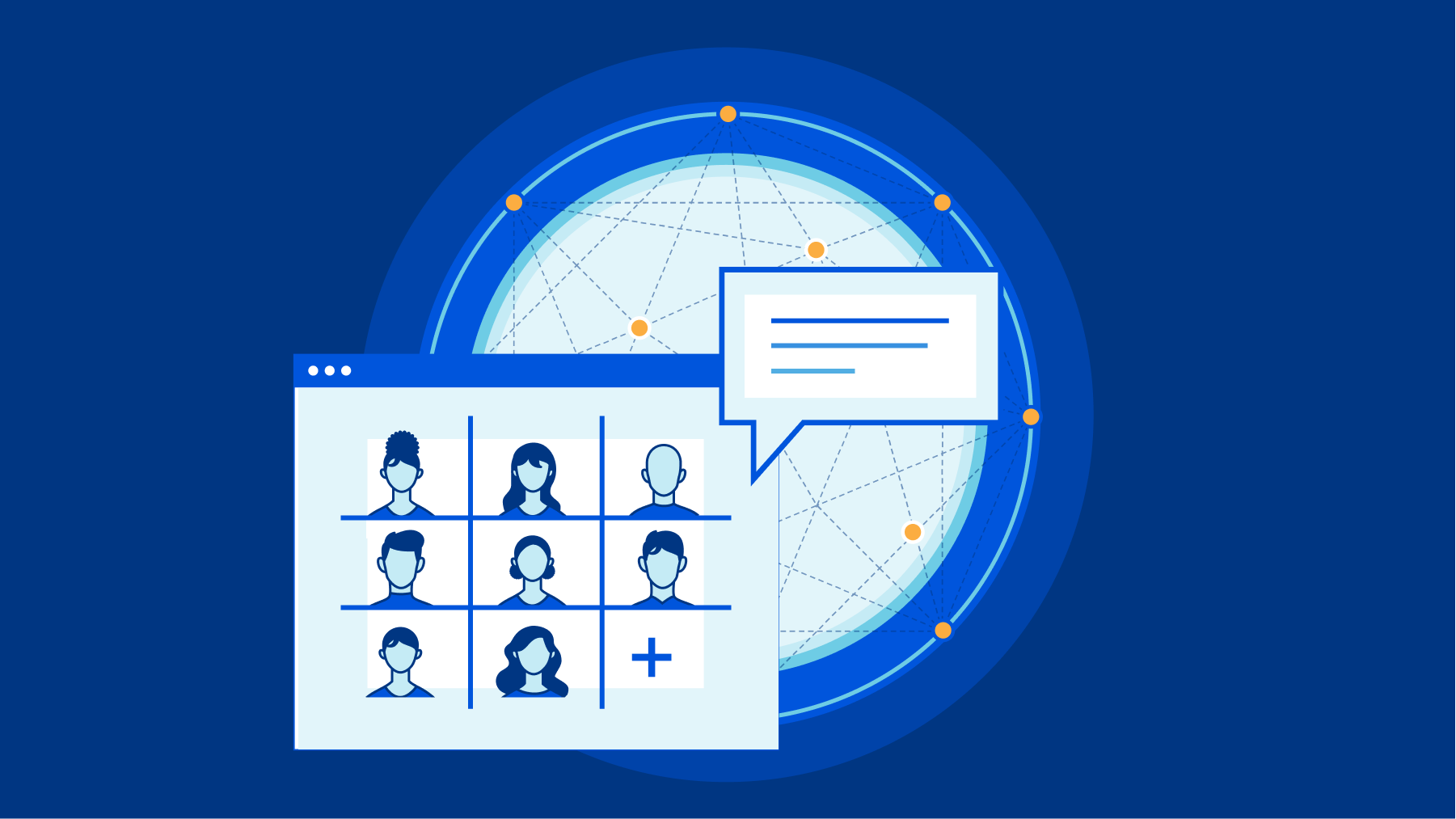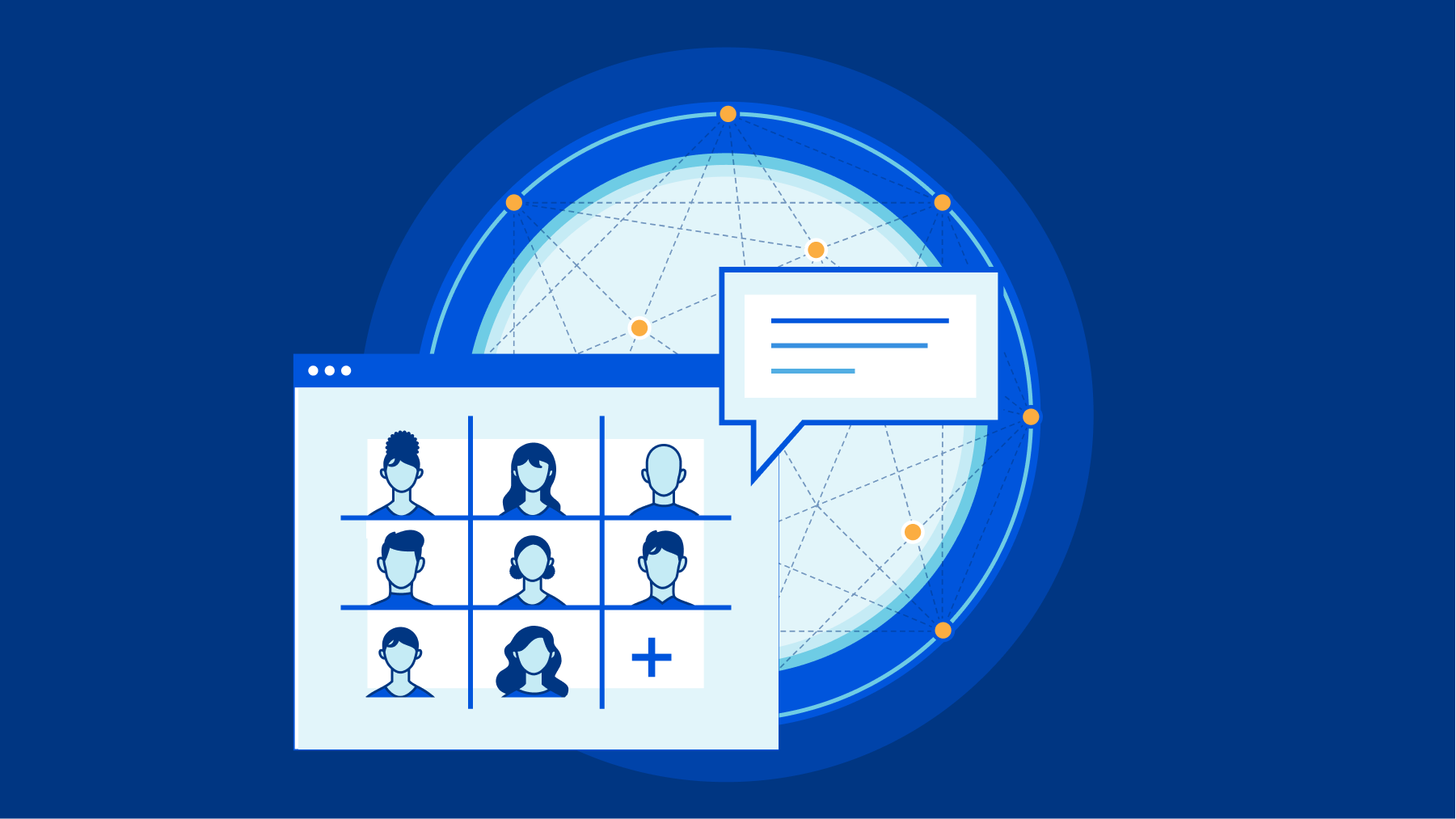For networking pros, every month is Cybersecurity Awareness Month
When National Cybersecurity Awareness Month (NCSAM) was launched in October 2004, it was a modest affair, offering anodyne advice to individual Americans and US businesses along the lines of making sure to update your antivirus software twice a year.Since then NCSAM has grown into an event-packed month with star-studded guest panels, annual launches in various cities (looking at you, Ypsilanti, Michigan!), the participation of federal cybersecurity officials, and weekly themes. This year, for example, the themes in each successive week are: Be Cyber Smart Phight the Phish! Experience. Share. (Cybersecurity Career Awareness Week) Cybersecurity First Linux security: Cmd provides visibility, control over user activity Not sure why the organizers didn’t make “Cybersecurity First” the theme of the month’s first week, but it is not for me to second-guess the federal Cybersecurity & Infrastructure Security Agency (CISA) and the public/private National Cyber Security Alliance (NCSA), organizers of the annual awareness month.To read this article in full, please click here













